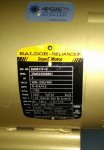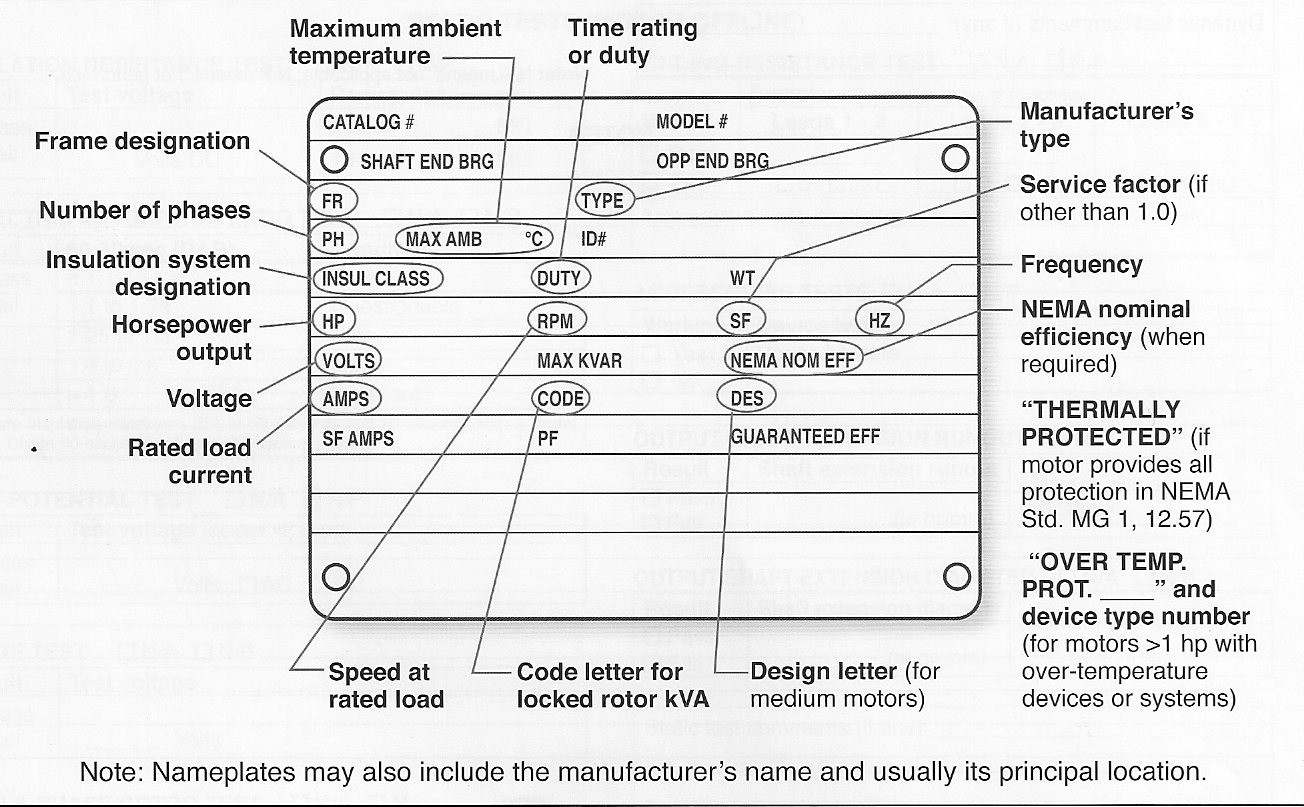mbrooke
Batteries Included
- Location
- United States
- Occupation
- Technician
Does a 208 volt motor actually exist? I always thought there were 200 volt and 230 volt motors. Most 3 phase motors are 230 volt motors, and as such you would use the 208 volt column in the NEC's FLC tables when connecting it to a 208Y supply and 230 volt column on a 240 volt delta supply. I'm seeing guys using the 230 volt column when hooking a motor to 208Y just because the nameplate says 230 volt. Is this right? I want to tell them no?



